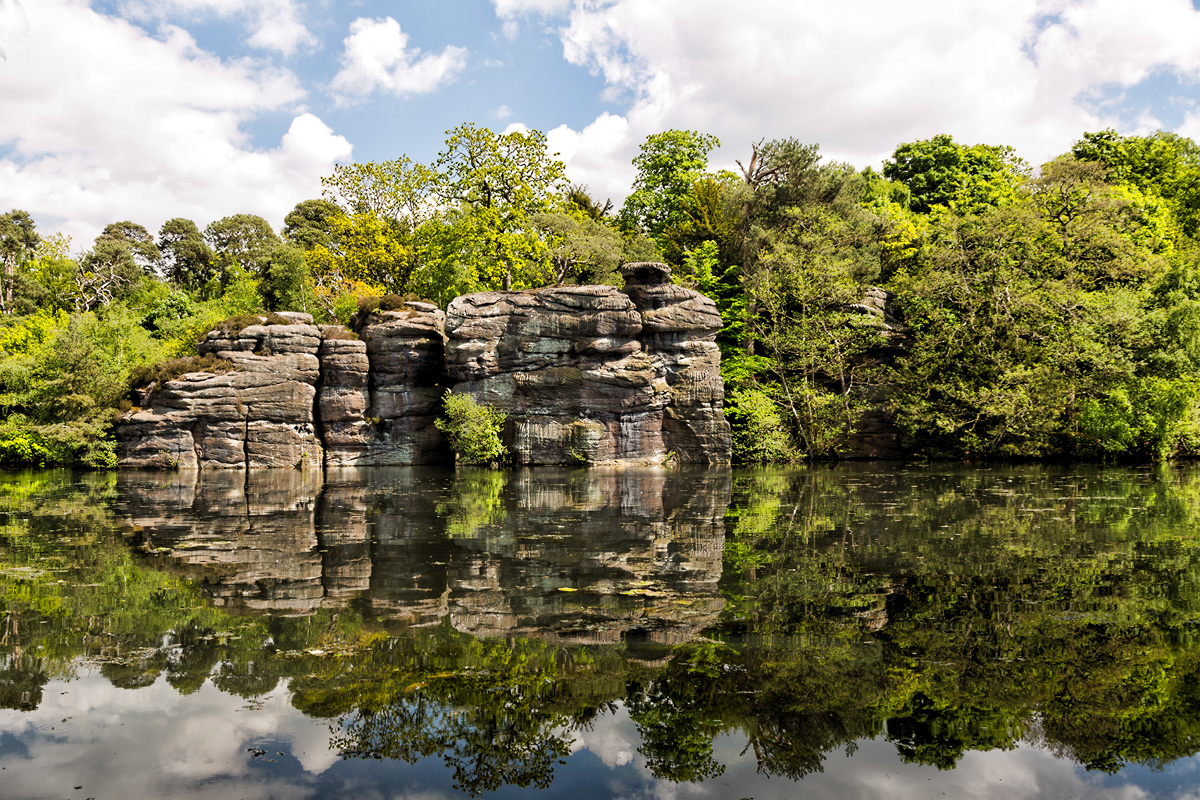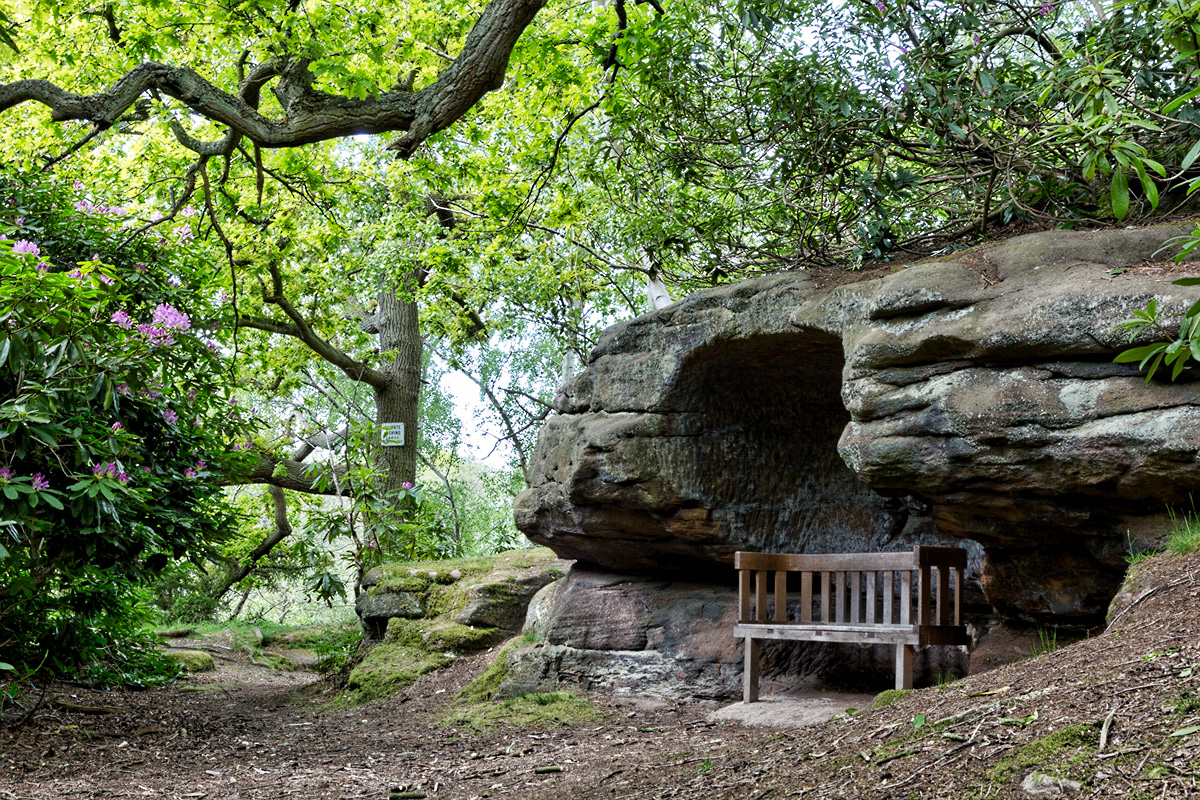Plompton
The hamlet of Plumpton (also spelt Plompton) lies two miles from Follifoot, just off the Harrogate to Wetherby road. Its name derives from the Old English term ‘plump’ meaning a wooded place and ‘ton’ a town and was once a thriving township of one thousand people.

Little is known of its history prior to the compilation of the Doomsday Book in 1086, although it is supposed that some of the curious rocks found there were used for Druidical practices in the times of the Brigantes. However by 1086 the land was being cultivated and recorded as being worth 20 shillings. In the time of Edward the Confessor, Plumpton belonged to Gamelbar, a major landowner in the area but by the time of the Norman Conquest had passed to William de Percy. Eldred, an Anglo Saxon, held the manor in fee from de Percy, and he is said to be an ancestor of the Plumpton family. The family name first appears in 1168 when Nigel de Plumpton held the land. From then until 1760, the manor was held by members of this family, and the fortunes of Plumpton were closely linked to those of the de Plumptons. It is said that the de Plumpton family fought on every battlefield and were involved in every political movement of their times.

Robert was the last male heir and following his death in 1749 a private Act of Parliament allowed the estate to be sold for £28,000. The new owner Mr. Daniel Lascelles demolished many of the buildings including the manor house. He intended to build a new house but the work was never finished, and he moved to Goldsborough Hall, the estate passing into the Harewood estate. The pleasure gardens that he laid out are all that remain.
A dam designed by John Carr of York extended the lake, and in 1798 JMW Turner was commissioned by the First Lord Harewood to paint two views of Plumpton Rocks. The boathouse and gatehouse are both listed buildings. Plumpton remained part of the Harewood estate until 1951 when it was broken up and sold privately. Today the former agricultural workers houses are privately owned and these form the hamlet of Plumpton village. Lodge gates lead into the former parkland, and High Grange Farm has some interesting architecture. A public footpath runs through the park, eventually passing through Birkham Wood.
The pleasure gardens are open to the public weekends and public holidays, on payment of a small fee.
A Turner painting of Plompton Rocks
Image: Trevor Rudd